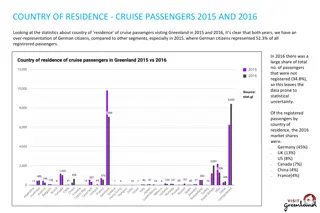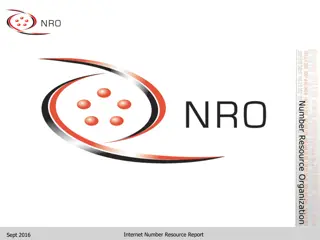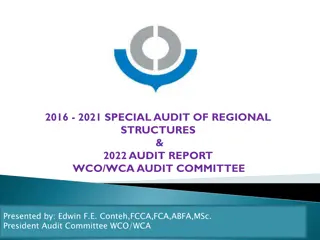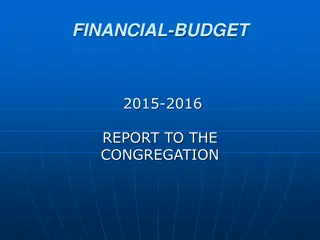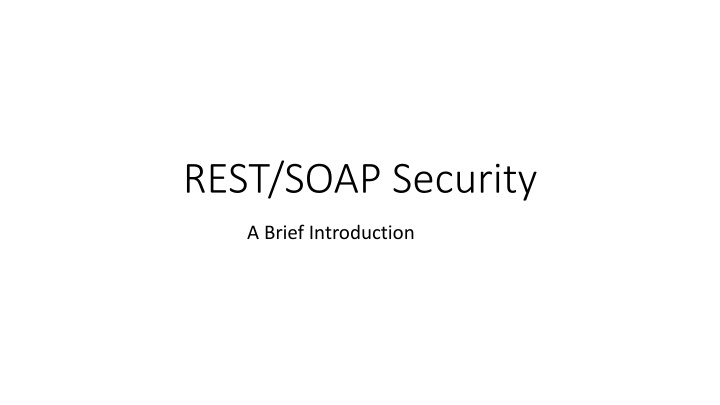
Web Service Security and Protocol Layering
Explore the fundamentals of web service security including wire-level security, peer authentication, and protocol layering in the context of REST and SOAP. Learn about securing web services through HTTPS, user authentication, authorization, and more for a comprehensive understanding of maintaining data integrity and confidentiality online.
Download Presentation

Please find below an Image/Link to download the presentation.
The content on the website is provided AS IS for your information and personal use only. It may not be sold, licensed, or shared on other websites without obtaining consent from the author. If you encounter any issues during the download, it is possible that the publisher has removed the file from their server.
You are allowed to download the files provided on this website for personal or commercial use, subject to the condition that they are used lawfully. All files are the property of their respective owners.
The content on the website is provided AS IS for your information and personal use only. It may not be sold, licensed, or shared on other websites without obtaining consent from the author.
E N D
Presentation Transcript
REST/SOAP Security A Brief Introduction
Quick Review: Protocol Layering The Internet can be viewed as a layered stack of protocols Each layer offers services to the layer above and consumes those provided by the underlying layer The services provided by a layer form its service model Two protocols that belong to the same layer should offer some common service: TCP and UDP both offer a transport service for application-layer messages But the general nature of the service may vary: TCP is connection-oriented UDP is connectionless Same goes for the properties of the service TCP guarantees delivery UDP provides no guarantees
Quick Review: Protocol Layering (cont.) In a broad sense, web services are application-layer entities that use HTTP as a communication protocol Security is not included in HTTP s service model If we want a secure web service, we have a few options: Provide security measures at the service level (or the periphery thereof) Use a more secure message transport protocol (f. ex. HTTP over SSL) Both
Web Service Security: An Approach to the Topic 1. Wire-level security (HTTPS) Peer authentication Integrity Confidentiality 2. Credential processing: Phase I: User authentication Phase II: User authorization
Wire-level Security Problem: As a government official, I want to conduct business securely. Solution: Set up a private phone line. Analogy: HTTPS connections
Wire-level Security: Confidentiality Problem: My private phone line is still connected to the central telephone network. A listening device could be attached to it. Solution: Encode all wire traffic before it leaves the office, decode traffic as it enters the office. Analogy: HTTPS Encryption/Decryption
Wire-level Security: Peer authentication Problems: I only want to accept phone calls from people on the green list Impostors could call a green listed person and pretend to be me Solution: Before discussing any confidential issues, callers should introduce themselves by exchanging (sufficient) information about their respective identities. Analogy: HTTPS digital certificate exchange
Wire-level Security: Integrity Problem: Callers may mishear me due to interference or deliberate tampering. Solution: End each sentence by relaying the first letter of every word spoken the caller will then try to match this against the message they received. Analogy: HTTPS Message Digests
Credential Processing Web services provide clients with access to resources If a resource is secured, the client should have the appropriate credentials to gain access The credentials are presentedand verified through a two-phase process: Phase I: Authentication Phase II: Authorization
Credential Processing & Wire-level Security Under users/roles security, a client furnishes a form of identification together with a security credential that vouches for the identification To avoid hijacking, the credentials should be relayed over a secure channel whose setup and teardown is generally the responsibility of a wire-level security framework Wire-level security is thus the foundation upon which users/roles security is implemented HTTPS is a good way to provide wire-level security for web services (REST & SOAP)
Credential Processing: Authentication Problem:I m a security guard in charge of a warehouse. Someone wants to enter the building but since I am uncertain of their identity I am unable to proceed. Solution: Ask the caller for their identification code. Analogy: Username/password combination
A Note on Credential Format Username and password pair self-explanatory API key basically a unique identifier handed out to each user Pros: UN/PW often less secure Easy reset Independent of master credentials (i.e. actual UN/PW) Saves time since UN/PW processing is slower by necessity (due to extra steps and protection against cyber attacks) https://stormpath.com/blog/top-six-reasons-use-api-keys-and-how Cons: Still need a secure comm. channel Not really a security feature http://nordicapis.com/why-api-keys-are-not-enough/
Credential Transmission over HTTPS Basic Encoded transmission, not much better than plain text Digest Hash transmission, a slight improvement Cryptographic scheme Public key cryptography (symmetric/asymmetric)
Credential Processing: Authorization Problem: An authenticated party has already entered the building. He is requesting access for storage compartment #43. Solution: Come up with a mapping that associates each authenticated party to the storage compartments they are allowed to access. Analogy: Authorization schemes
What about SOAP and REST? SOAP a messaging framework often employed by web services REST an architecture style often used in the design of web services Irrespective of which particular framework/style was used in the implementation of a web service, the previously discussion about security measures still applies Additionally, there is always the option to define custom security schemes: Custom HTTP headers for REST Custom SOAP extensions
A Note on WS-Security (WSS) A family of specifications providing a unified, transport-neutral, container-neutral, end-to-end framework for higher levels of security such as message confidentiality and authentication/authorization The protocol specifies how integrity and confidentiality can be enforced on messages and allows the communication of various security token formats (https://en.wikipedia.org/wiki/WS-Security) F. ex. WSS specifies how digital signatures and encryption information can be inserted into SOAP headers
Recap 1. Wire-level security (HTTPS) Peer authentication Integrity Confidentiality 2. Credential processing: Phase I: User authentication Phase II: User authorization
Sources Martin Kalin. Java Web Services: Up and Running 2nd ed. pg. 231 291. James F. Kurose, Keith W. Ross. Computer Networking: A Top-Down Approach 6th Intl. ed. pg. 81 87, 73 79.

